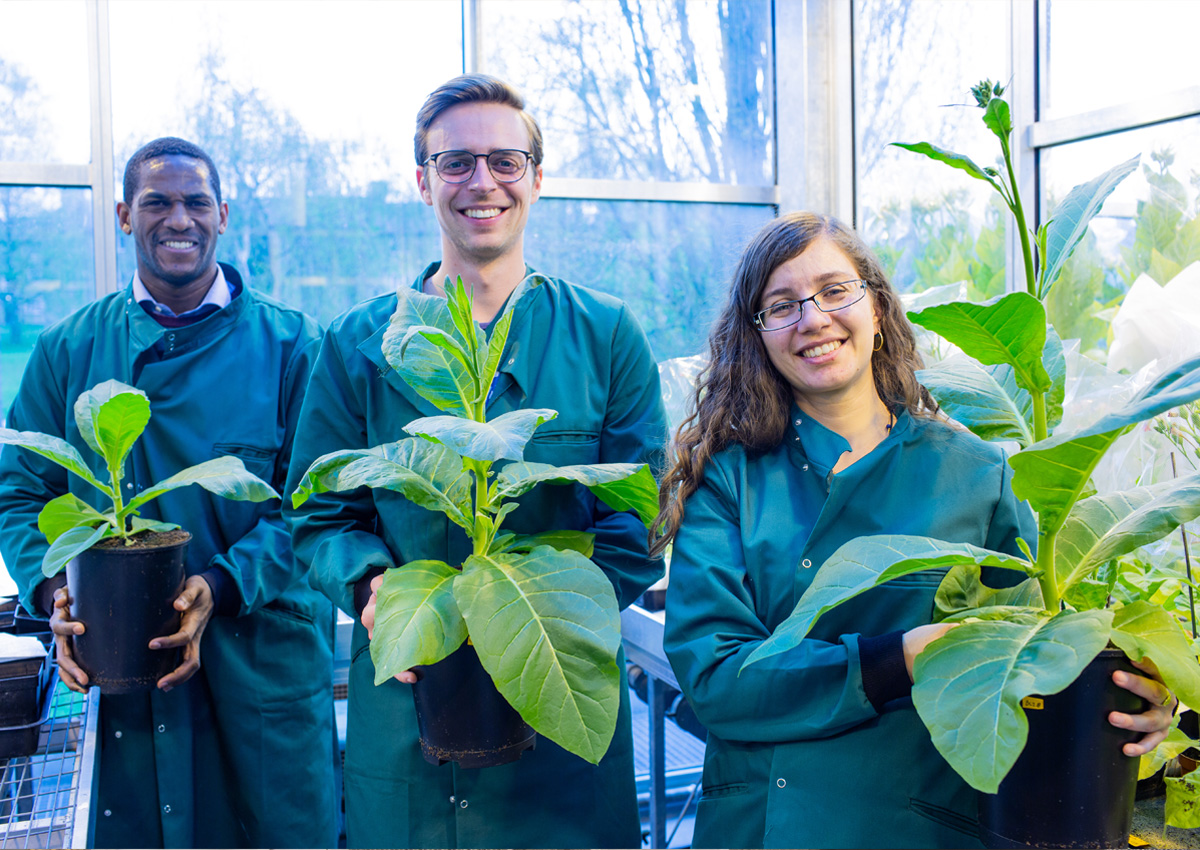
Third Breakthrough Shows Photosynthetic Hacks Boost Yield and Conserve Water
August 12, 2020| |
Scientists from the University of Essex, through the research project Realizing Increased Photosynthetic Efficiency (RIPE) have resolved two major photosynthetic bottlenecks to boost plant productivity by 27 percent in real-world field conditions, according to a new study published in Nature Plants. The photosynthetic hack has also been shown to conserve water.
To find out what limits photosynthesis, researchers modeled each of the 170 steps of this process to identify how plants could manufacture sugars more efficiently. In the study, the research team increased crop growth by 27 percent by resolving two constraints: one in the first part of photosynthesis where plants transform light energy into chemical energy and one in the second part where carbon dioxide is fixed into sugars.
Within two photosystems, sunlight is captured and turned into chemical energy that can be used for other processes in photosynthesis. A transport protein called plastocyanin moves electrons into the photosystem to fuel this process. However, plastocyanin has a high affinity for its acceptor protein in the photosystem so it hangs around and fails to shuttle electrons back and forth efficiently. This first bottleneck was addressed by helping plastocyanin share the load with the addition of cytochrome c6—a more efficient transport protein that has a similar function in algae. Plastocyanin requires copper and cytochrome requires iron to function. Depending on the availability of these nutrients, algae can choose between these two transport proteins.
At the same time, the team has improved a photosynthetic bottleneck in the Calvin-Benson Cycle—wherein carbon dioxide is fixed into sugars—by bulking up the amount of a key enzyme called SBPase, borrowing the additional cellular machinery from another plant species and cyanobacteria. These two improvements when combined, have been shown to increase crop productivity by 52 percent in the greenhouse, and up to a 27 percent increase in crop growth in real-world growing conditions.
For more details, read the article on the RIPE website.
| |
You might also like:
- Scientists Find Missing Link in Algal Photosynthesis
- Scientists Engineer Shortcut for Photosynthetic Glitch, Boosting Crop Growth by 40%
- Scientists Engineer Crops to Use 25% Less Water; Resist Drought
Biotech Updates is a weekly newsletter of ISAAA, a not-for-profit organization. It is distributed for free to over 22,000 subscribers worldwide to inform them about the key developments in biosciences, especially in biotechnology. Your support will help us in our mission to feed the world with knowledge. You can help by donating as little as $10.
-
See more articles:
-
News from Around the World
- FAO: Global Food Prices Rise in July
- Experts Urged to Consider Audience Values when Communicating about Gene Technologies
- Third Breakthrough Shows Photosynthetic Hacks Boost Yield and Conserve Water
- Study Finds Decline in Plant Breeding Programs in the US, Possible Impact on Food Security
- FSANZ Calls for Comments on Food Derived from GM Corn DP202216
-
Research Highlights
- Punjab-wide Survey of Bt Cotton Fields Reveal Variations in Cry Protein Accumulation
- Researchers Decode Black Mustard Seed Genome Using New Sequencing Technology
-
Plant
- Researchers Review Genome Editing Strategies Used in Developing Rice Disease Resistance
- Kansas State University and University of Saskatchewan Team Up to Improve Wheat Using CRISPR
- CRISPR Dominates Genome Editing Market, TALENs Projected to Grow until 2025
-
Health
- National Survey Says Most Americans Willing to Vaccinate Against COVID-19
- Human Immune System Responds to Plant-derived SARS-CoV-2 Antigens
-
Read the latest: - Biotech Updates (November 12, 2025)
- Gene Editing Supplement (October 29, 2025)
- Gene Drive Supplement (February 22, 2023)
-
Subscribe to BU: - Share
- Tweet

